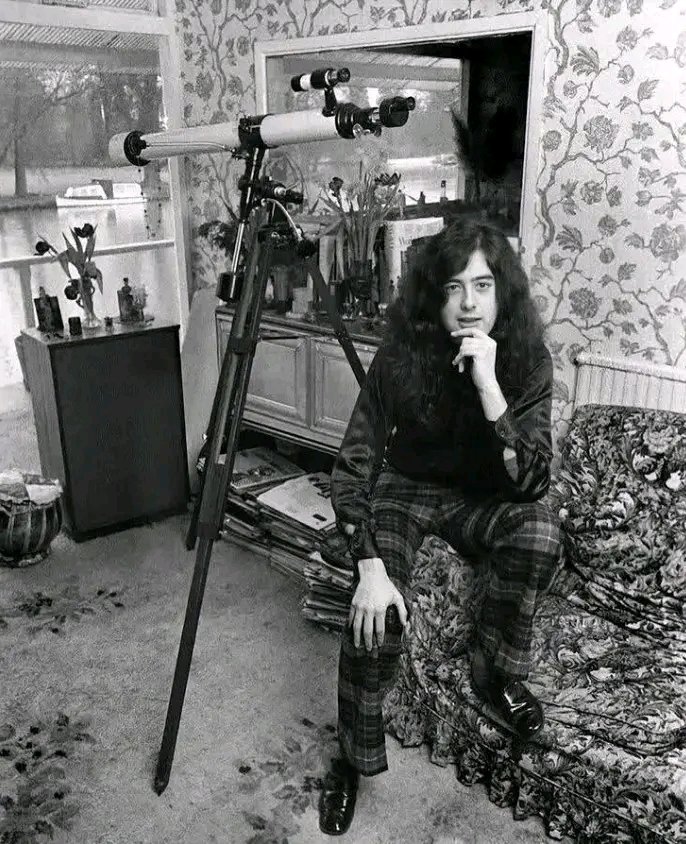“Where the Riff Was Born: Jimmy Page, the Thames Houseboat, and the Spark of Led Zeppelin’s ‘Whole Lotta Love'”
Nestled along the tranquil banks of the River Thames in Pangbourne, Berkshire, a seemingly peaceful riverside home once crackled with the raw, electric birth of rock history. It was here, in the summer of 1968, that Jimmy Page, already an accomplished session guitarist and the driving force behind the newly forming Led Zeppelin, conjured one of the most iconic guitar riffs of all time—“Whole Lotta Love.” The quiet waters outside belied the storm of sound brewing within.
Page had been spending time on his houseboat moored nearby, a floating retreat where ideas flowed as freely as the current. Reflecting on the moment, he once shared: “I came up with the guitar riff for ‘Whole Lotta Love’ in the summer of ’68, on my houseboat along the Thames in Pangbourne, England. I suppose my early love for big intros by rockabilly guitarists was an inspiration, but as soon as I developed the riff, I knew it was strong enough to drive the entire song, not just open it.” That riff—primitive, hypnotic, and immediate—would soon become the beating heart of Led Zeppelin’s explosive second album.
Not far from the houseboat stood Page’s Thameside home, a place pulsing with creative force. The group had only just begun to mold their identity, yet something about the house seemed to encourage raw experimentation and fearless composition. It was there, in the modest living room, that Page introduced the riff to the rest of the band. The response, by his own account, was visceral: “When I played the riff for the band in my living room several weeks later during rehearsals for our first album, the excitement was immediate and collective. We felt the riff was addictive, like a forbidden thing.”
It wasn’t just “Whole Lotta Love” that took shape during those Pangbourne sessions. “What Is and What Should Never Be,” another standout from Led Zeppelin II, also found its footing there. The house became a crucible of transformation—a space where the band’s blues roots, psychedelic explorations, and metallic edge collided. The walls must have hummed with the heat of rehearsal, as Robert Plant’s voice, John Paul Jones’s melodic bass, and John Bonham’s thunderous drumming interlocked with Page’s ever-evolving guitar work.
That summer by the Thames marked more than just a productive period. It was a pivot point, a moment when the band crossed the threshold from promising to legendary. The energy in that riverside home—perhaps born of its solitude, perhaps of the creative tension that filled its rooms—proved catalytic. What emerged wasn’t just a collection of songs, but a sonic revolution.
Years later, the significance of Pangbourne lingers like the echo of an open E chord. It’s a reminder that even the most seismic shifts in music history can begin in the quietest of places—with a riff, a river, and a house where magic happened.
